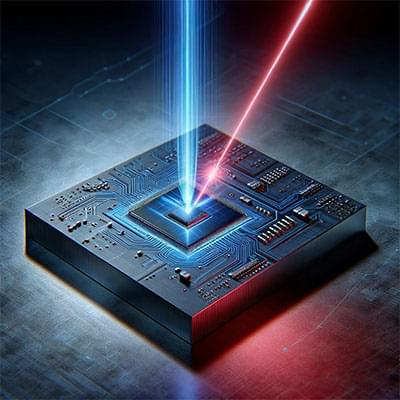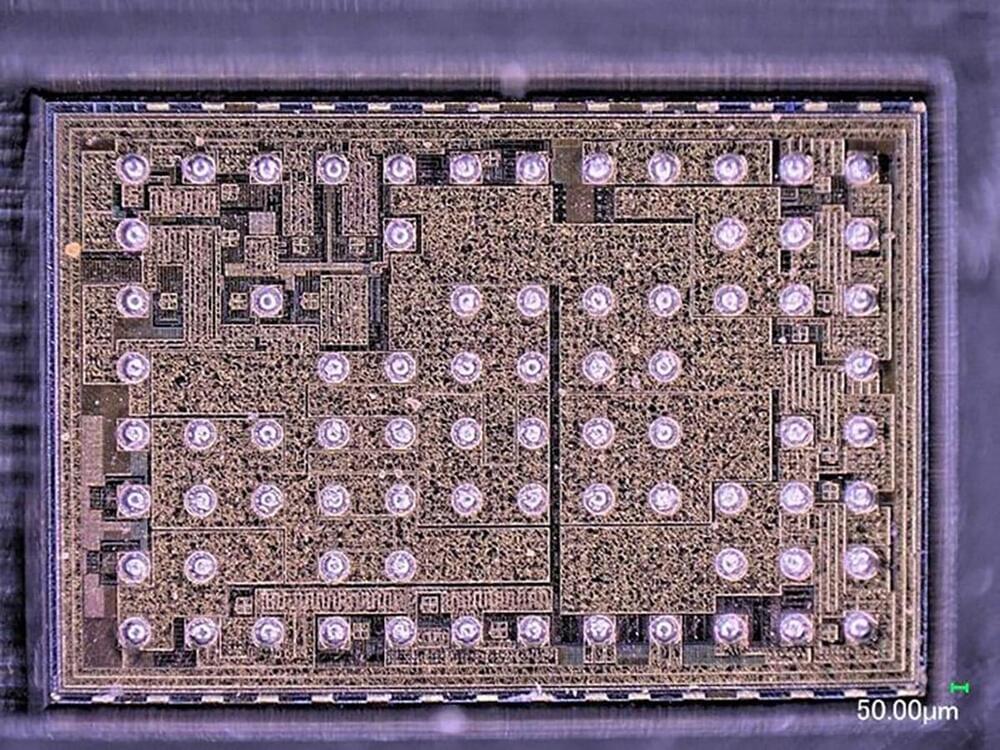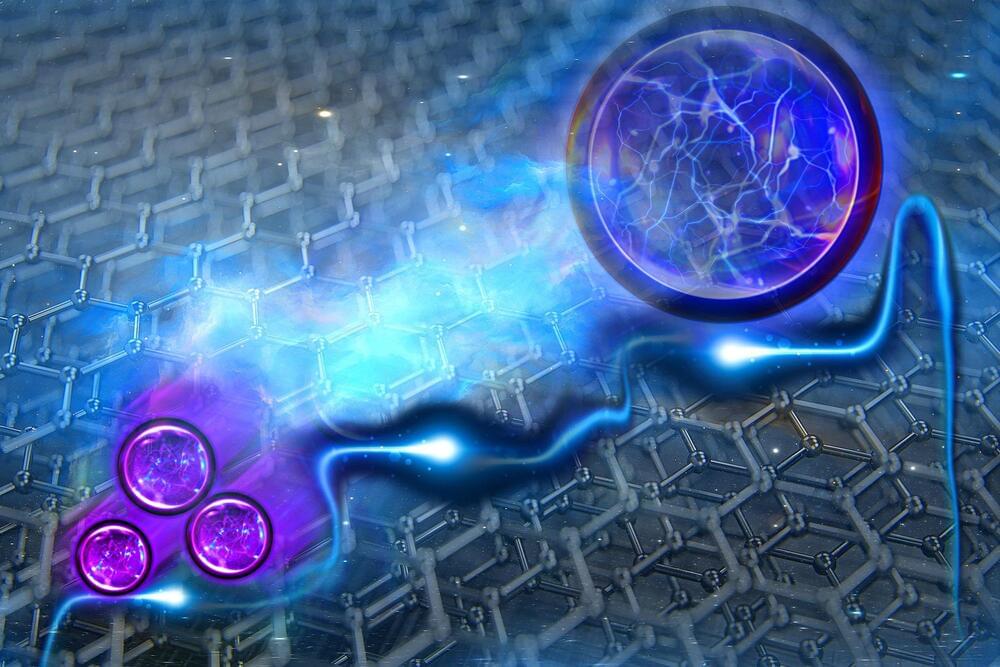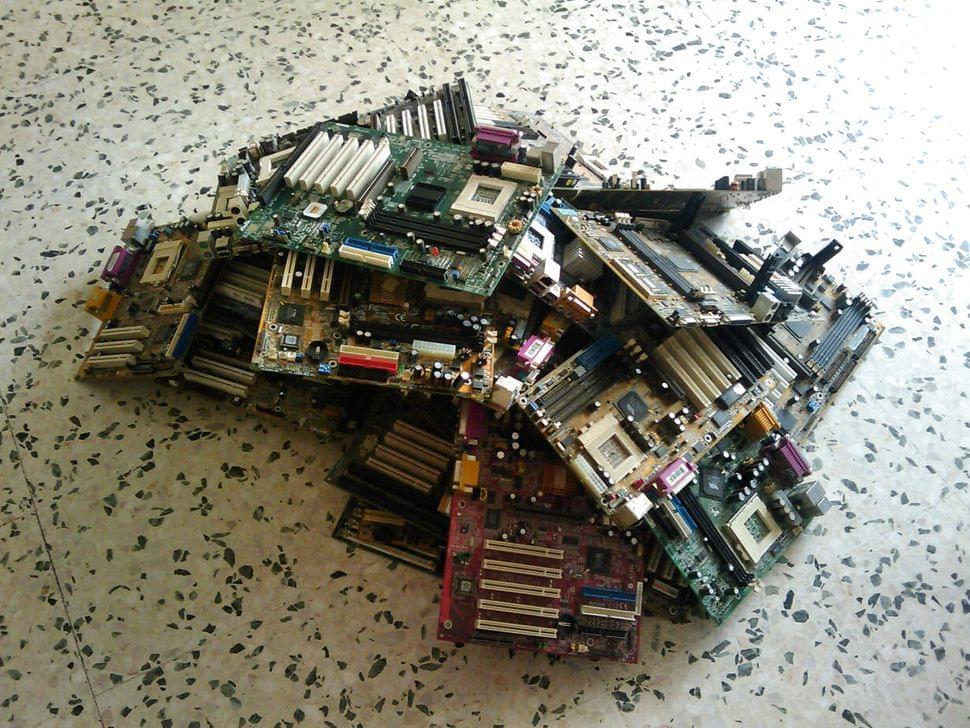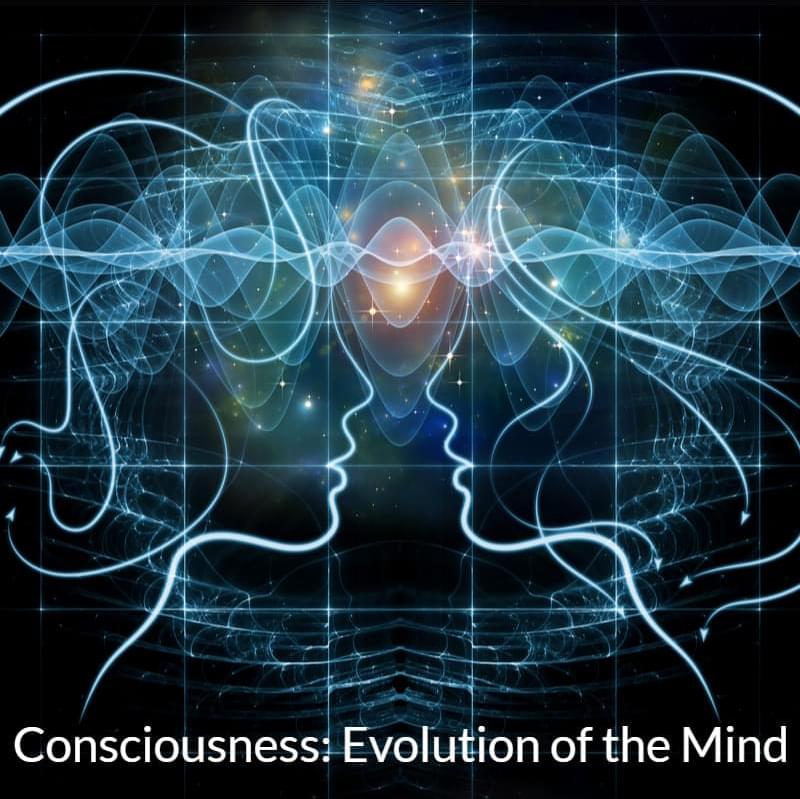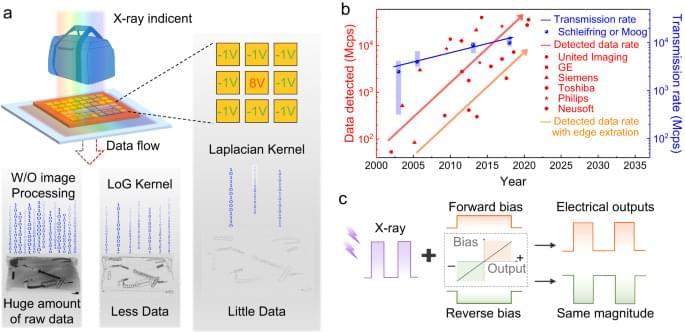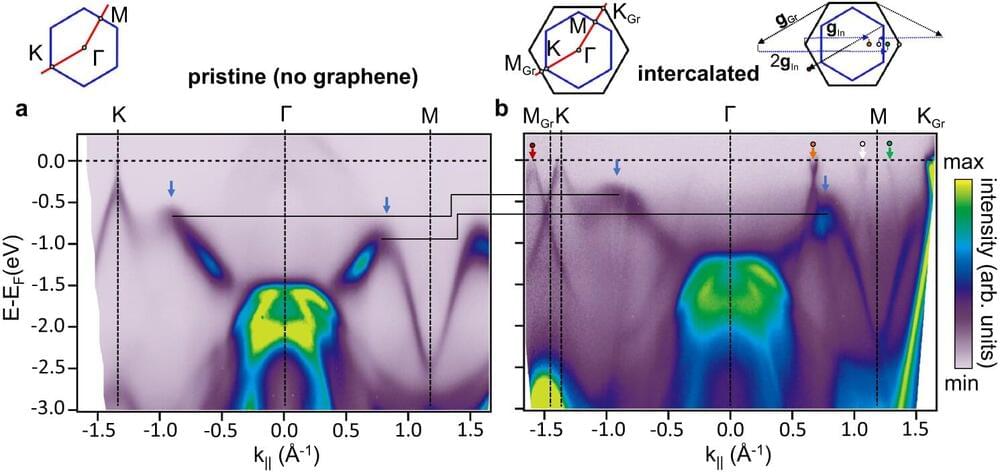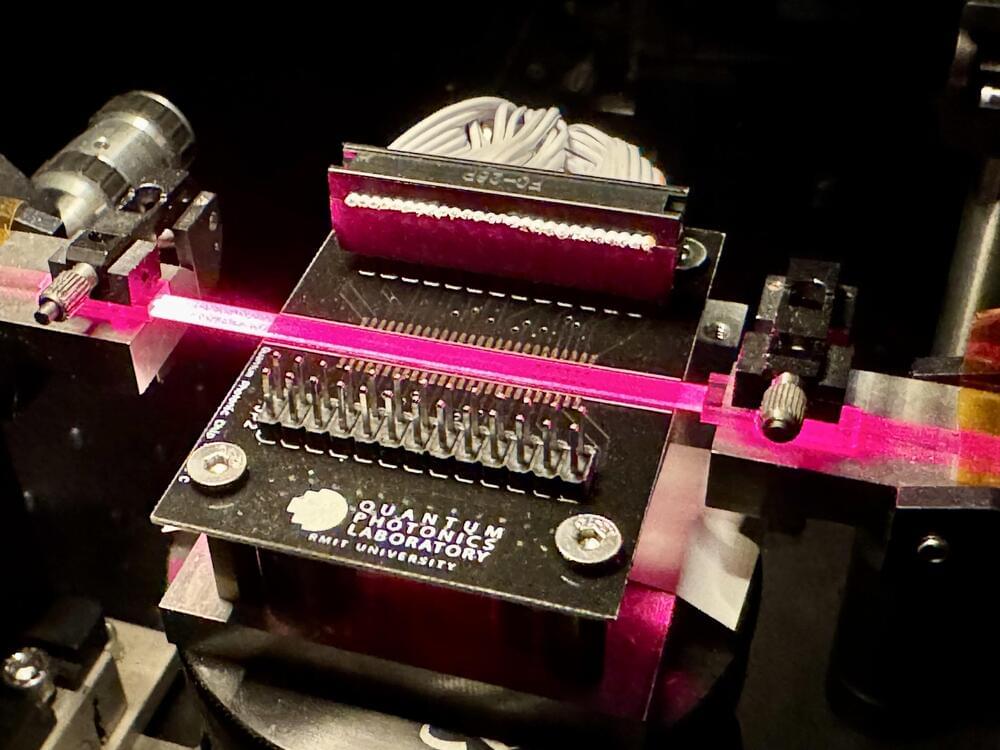Mar 2, 2024
Movies of ultrafast electronic circuitry in space and time
Posted by Dan Breeden in categories: computing, innovation
The increasing demand for ever-faster information processing has ushered in a new era of research focused on high-speed electronics operating at frequencies nearing terahertz and petahertz regimes. While existing electronic devices predominantly function in the gigahertz range, the forefront of electronics is pushing towards millimeter waves, and the first prototypes of high-speed transistors, hybrid photonic platforms, and terahertz metadevices are starting to bridge the electronic and optical domains.
However, characterizing and diagnosing such devices pose a significant challenge due to the limitations of available diagnostic tools, particularly in terms of speed and spatial resolution. How shall one measure a breakthrough device if it’s the fastest and smallest of its kind?
In response to this challenge, a team of researchers from the University of Konstanz now proposes an innovative solution: They create femtosecond electron pulses in a transmission electron microscope, compress them with infrared laser light to merely 80 femtosecond duration, and synchronize them to the inner fields of a laser-triggered electronic transmission line with the help of a photoconductive switch. Then, using a pump-probe approach, the researchers directly sense the local electromagnetic fields in their electronic devices as a function of space and time.
